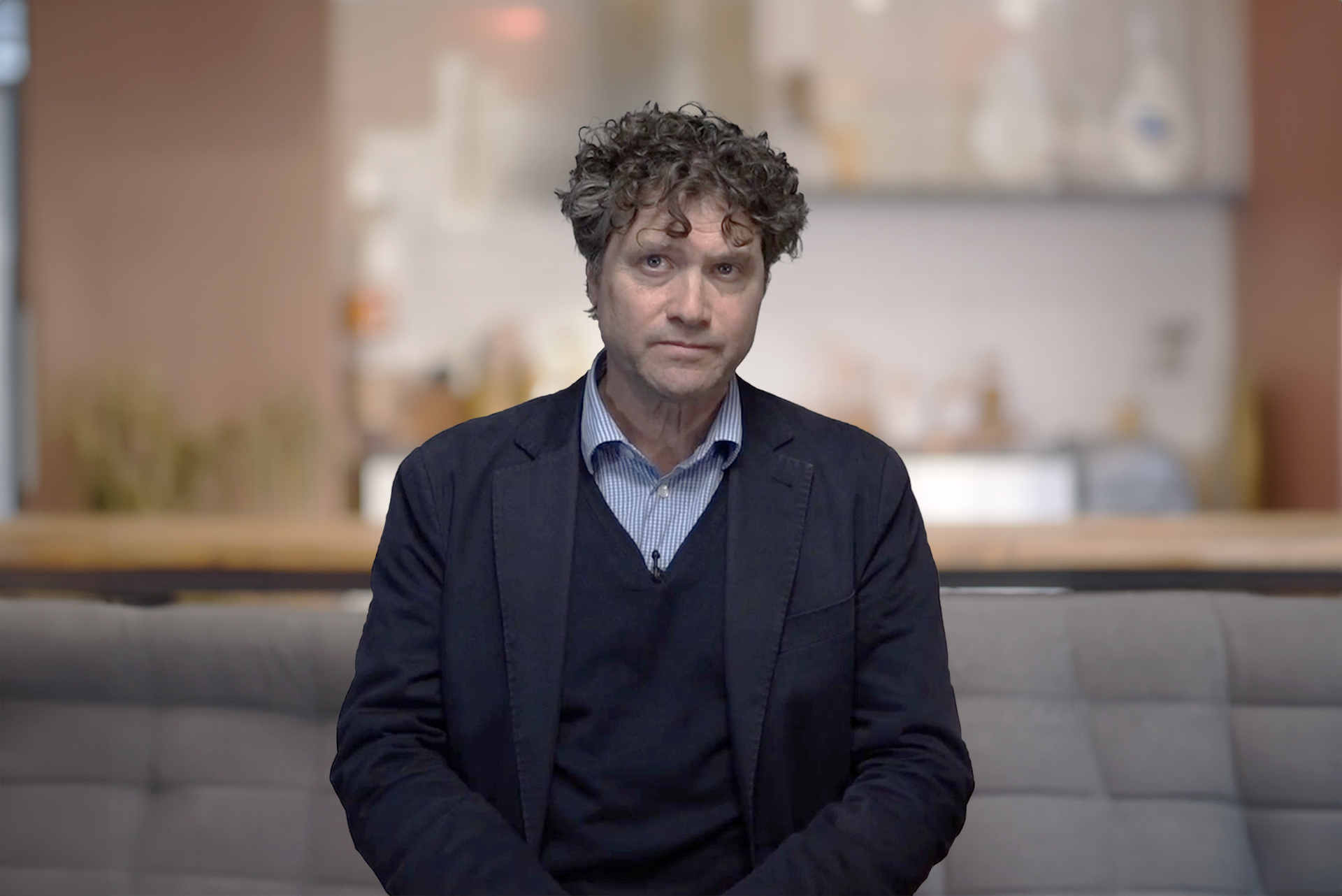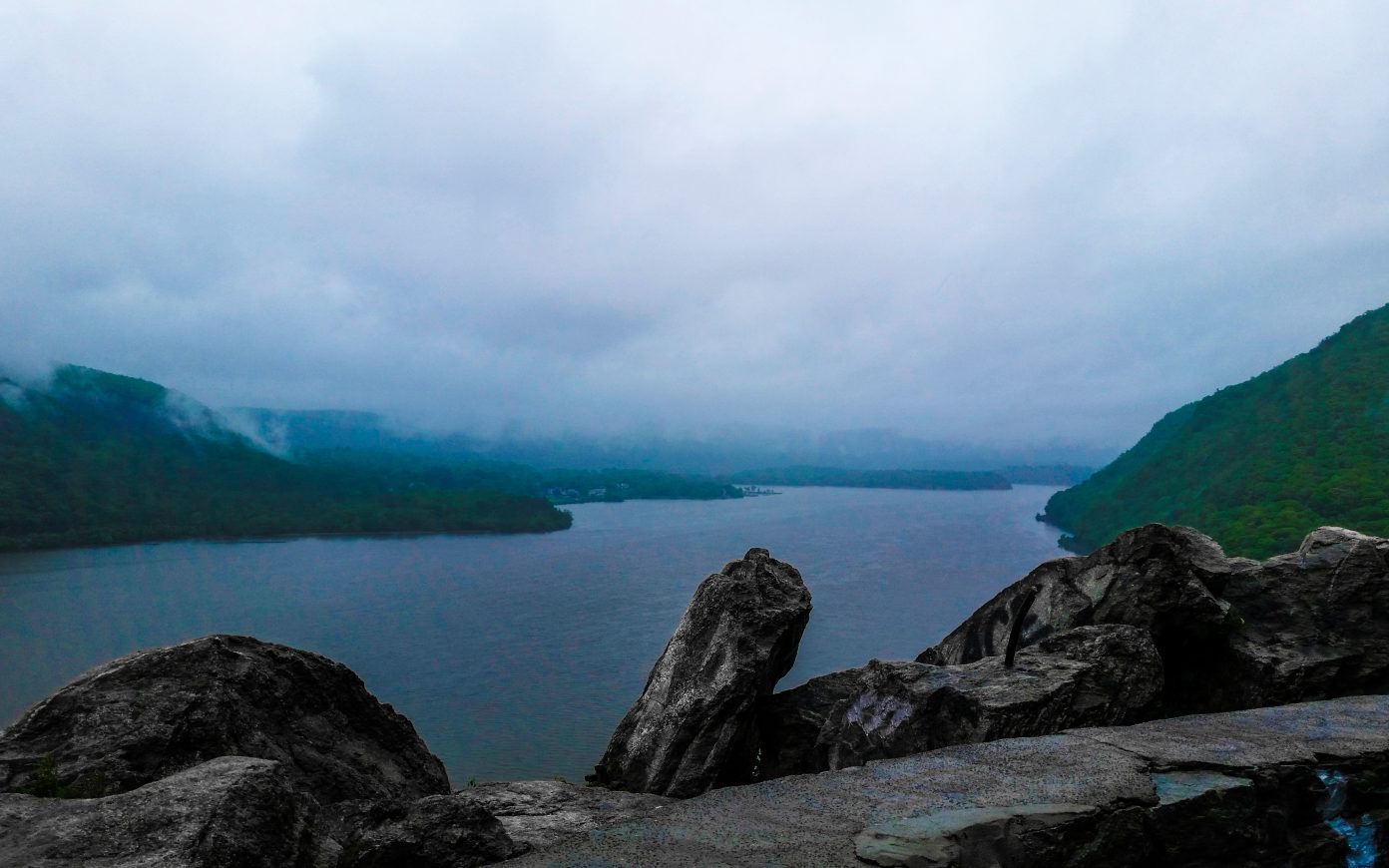When they acknowledged the global urban boom at the turn of the twenty-first century, Western observers were dumbfounded by the sheer magnitude of the revolution that was unfolding. A small number of thinkers such as Saskia Sassen and Rem Koolhaas have nevertheless tried to grasp the phenomenon through concepts such as the “generic city” and the “global city.” After nearly fifteen years, this urbanization of the world is still advancing at full speed, even though a number of critical factors seem to have come into play. For this issue of Stream, Saskia Sassen looks back on our urban condition and on the evolutions of the “global city,” highlighting the increasing importance of social issues. More than ever before, she believes that the complexity of the city makes it the right scale for formulating sustainable strategies by repositioning our relationship with the biosphere.
Saskia Sassen is a sociologist. Specialist of globalization, migrations and the sociology of the world’s largest cities, she teaches at Columbia University.
Richard Sennett is the Centennial Professor of Sociology at the London School of Economics and a professor of the humanities at New York University.



